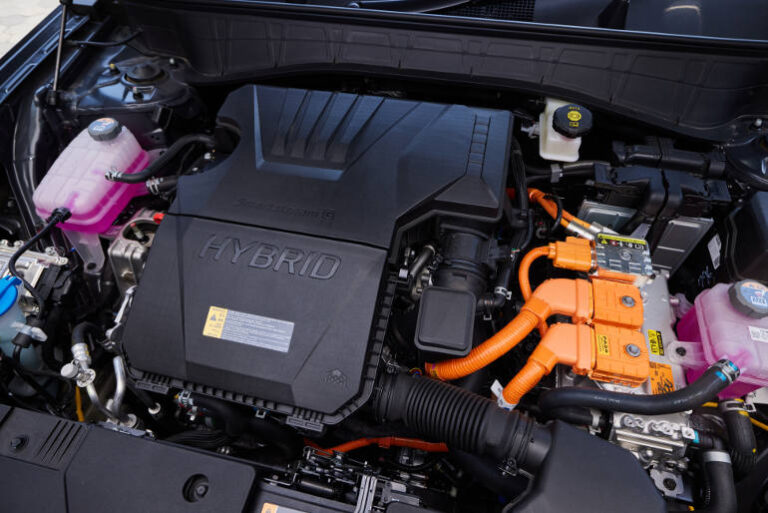In 2024 the Hyundai i30 sedan and all-new Kona will be available with a hybrid powertrain for the first time which is great news for Fleet Managers looking to reduce their carbon emissions.
Hybrid powertrains aren’t new, however every systems works slightly differently which impacts the driving experience. While some fleet buyers won’t ask questions, others will be intrigued how the system works after years of education from the market leader of hybrid vehicles.
How does it work?
The Hyundai hybrid system drives primarily using the petrol engine, with a 1.32kWh battery-powered electric motor providing up to 32kW and 170Nm of assistance when required.
Regenerative braking allows the hybrid system to recover some of the kinetic energy that is lost to heat the friction brakes in a conventional vehicle, and using that energy to recharge the high-voltage battery.
The electric motor, with its instant torque, is the perfect companion to the efficient petrol engine, which produces its peak torque at higher speeds. The result of the engine/motor pairing is a strong, smooth and broad torque curve.
In the i30 sedan hybrid, the hybrid system delivers peak torque of 265Nm – equaling that of the 1.6 T-GDi powertrain – while achieving 3.9L/100km ADR combined cycle fuel economy, or 2.8L/100km on the ADR urban cycle.
Moving away from rest, and at low speeds, 2024 i30 Sedan Hybrid operates in EV mode, using battery power alone.
During acceleration the 1.6 GDi engine starts automatically, with the electric motor contributing power as needed, for fuel-efficient operation.
While cruising at higher speeds, only the engine is used, with 2024 i30 Sedan Hybrid capable of switching to EV mode while coasting, to conserve fuel.
When decelerating or driving downhill, the hybrid system shuts off the petrol engine and uses the electric motor to captures kinetic energy, which is converted into electrical energy to recharge the battery.
When 2024 i30 Sedan is stationary, both the electric motor and engine are stopped.







